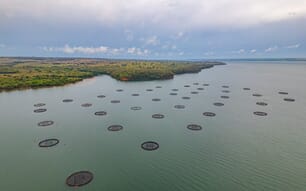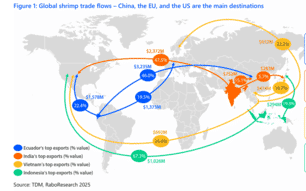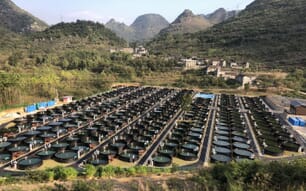
So expects Gorjan Nikolik, Rabobank’s senior seafood analyst, who notes that prices for the fish are forecast to be at their highest levels since 2016, despite continued growth of the sector.
As 2021 draws to a close, Nikolik spoke to The Fish Site about how the sector has fared in the last 12 months and its prospects for the year ahead.
2021 performance
“Norway was the big surprise in 2021. While an increase in harvests was expected, most people predicted they would only increase by 3, 4 or maybe 5 percent. But, by the second half of the year, it became apparent that this figure would be higher and we now think that Norway’s salmon production will be 10.2 percent higher than it was in 2020,” says Nikolik.
Some industry observers, notes Nikolik, initially wondered whether this impressive rise was caused by producers in Norway reacting to the reduced production levels in Chile by upgrading their feeds to promote better growth. However, he points out that Kontali analysts say that the result was largely due to the good performance of the fish after transfer to marine sites.
“Admittedly the increase in Q1 was due to some producers delaying their harvests, so was expected, but the double digit increase that took place Q3 was due to good performance, caused by good biological conditions and the increased stocking of larger smolt – the harvest weights were high, the growth rates were high and mortality levels were low,” he explains.
While the Norwegian sector flourished the Chilean sector saw a steep decline in production, which Nikolik calculates will be as much as 14 percent lower than in 2020.
However, as he notes, this came as no surprise.
“They stocked fewer smolt in 2020 [due to negative future expectations related to the pandemic], so lower harvest volumes were expected in 2021. Analysts were predicting a reduction of between 12 and 16 percent, so a 14 percent decrease is very much in line with expectations,” says Nikolik.
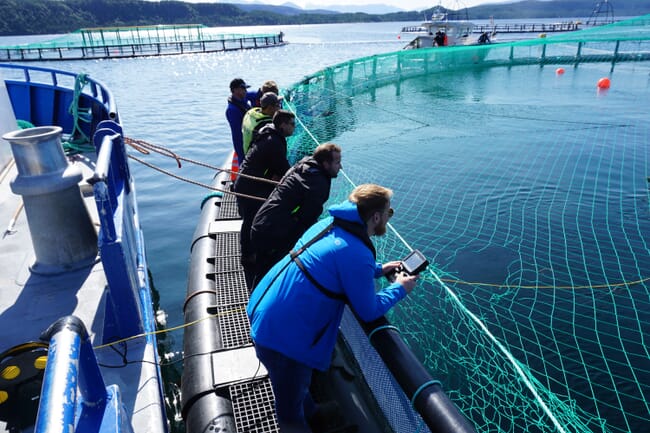
“However, this decline will be ending soon and we expect a steep inflection point – the point at which the sector start to grow again – to take place in Q1 or Q2 of 2022. There are more smolts in the water and Q2 and Q3 are likely to be strong, with increases of 20 percent likely, for at least a few months before it slows down again,” he predicts.
Overall, Nikolik forecasts the Chilean sector will grow by a fairly bullish 8-9 percent in 2022, but adds that the country isn’t likely to surpass pre-pandemic production figures until the following year.
Despite the year-on-year volatility in production that’s occurred in both Norway and Chile since 2019, on a global level the story is one of steady growth. Indeed the sector increased production by 5 percent in 2020, while Nikolik’s predictions for 2021 and 2022 are global growth rates of 4.5 percent and 5 percent respectively.
A buoyant market for salmon
Many observers were surprised by the strength of demand for farmed salmon during 2021, with prices remaining strong even during periods of high harvest volumes, and Nikolik notes that the US market was particularly good for producers – experiencing double digit growth, despite the high prices.
“People have consumed more salmon during the pandemic – it’s convenient – and domestic consumption of it is staying strong despite the return of the food service sector. And although tourism and trade levels are still down on pre-pandemic levels, there’s a good reason to believe that there will be a continued increase in demand in 2022,” Nikolik reflects.
“As a result, even if the sector grows by 5 percent, as expected, this will not be enough to reduce the price. Fish Pool expects an average price of NOK 62 ($6.85) per kilo in the year ahead, which would make it the highest year since 2016,” he adds.
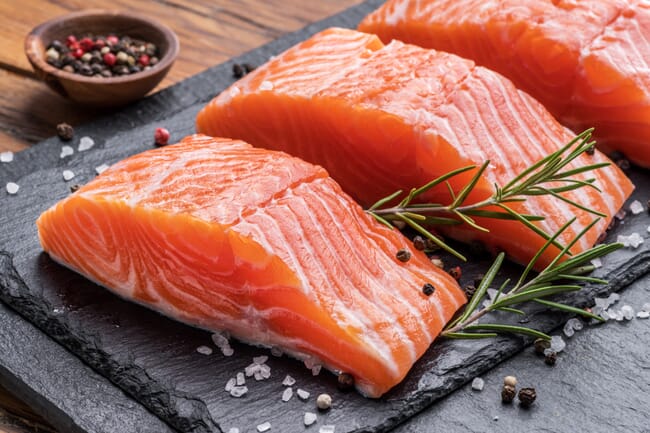
Should Nikolik’s predictions prove correct, then 2022 is set to be an excellent year for salmon producers. Looking further ahead he notes that the trend to grow smolt to larger sizes – up to 500g – before transferring them to marine sites is likely to gather pace over the next five years, thereby shortening the time they spend at sea and reducing the biological risk associated with the grow-out period.
“Currently less than 20 percent of the Norwegian industry uses larger smolts, but this percentage is going to double, or even triple, within the next five years. Mowi, for example, aims to increase its proportion of large smolt from 20 percent to 70-80 percent by 2026 – increasing the average size of its smolt from 180 g to 500 g or larger. This will reduce mortality rates and enable growth, despite limited capacity for the growth of coastal licences,” he concludes.

